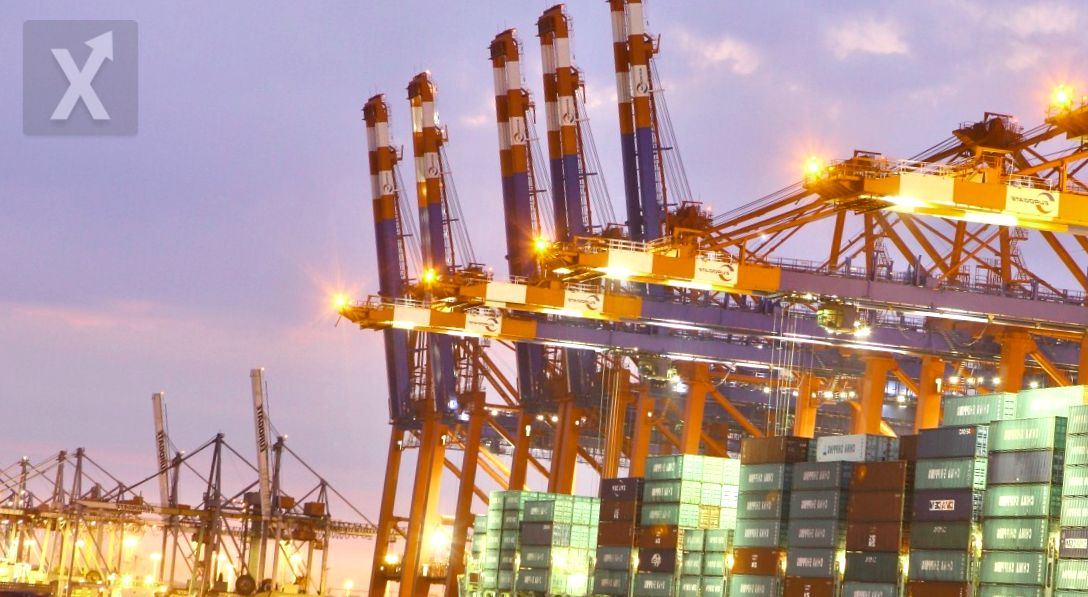Trade Tensions Between the United States and China Create Uncertainty for the Mexican Economy

The recent escalation of trade tensions between the United States and China has reignited concerns about their possible repercussions for the Mexican economy, a key player in the global supply chain and closely tied to both economic giants.
On Monday, China’s Ministry of Commerce dismissed recent accusations made by former U.S. President Donald Trump, who claimed that Beijing had violated agreements reached during trade talks in Geneva. According to the Chinese side, these allegations are “baseless,” and they insisted that the U.S. government has unilaterally imposed restrictive and discriminatory measures, further exacerbating instability in bilateral economic and trade relations.
For context, in May, both powers had agreed to temporarily suspend high-impact reciprocal tariffs for 90 days, leading to a brief de-escalation after years of trade war. In addition, China agreed to lift restrictions on exports of critical metals used in the U.S. semiconductor and defense industries, a move seen as an attempt to ease tensions and prevent severe damage to global production chains.
However, last Friday, Trump announced another tariff hike, doubling import duties on steel and aluminum to 50%—materials in which China is one of the world’s leading exporters. While Chinese steel had already been largely excluded from the U.S. market since the 25% tariff was imposed in 2018, Chinese aluminum continues to have a significant presence.
The repercussions of these tensions are being felt globally and are particularly relevant for Mexico. As the United States’ main trading partner under the United States–Mexico–Canada Agreement (USMCA), Mexico has benefited from the reshuffling of supply chains and the “nearshoring” trend, with many companies relocating manufacturing operations to avoid volatility in U.S.–China trade relations.
At the same time, the reinstatement and strengthening of U.S. protectionist measures could put increased pressure on Mexican industry—especially in the automotive sector, electronics manufacturing, and for domestic importers of materials such as steel and aluminum. Likewise, any significant disruption to global trade in intermediate goods could affect the growth of the Mexican export sector, which in recent years has seen substantial progress thanks to the repositioning of the national industry.
Looking ahead, the Mexican economy will need to keep a close watch on the development of these trade disputes. The inherent volatility in the relationship between the world’s two largest economies will continue to be a risk factor for Mexico, though it could also open up new opportunities to strengthen its role in global manufacturing if Mexico can maintain competitive conditions and legal certainty for foreign investment.
In conclusion, while the tariff dispute between the United States and China continues to create uncertainty, Mexico faces both risks and opportunities amid the global reorganization of supply chains. The ability to adapt quickly and strengthen the business environment will be crucial in capitalizing on the benefits arising from this shifting landscape.






